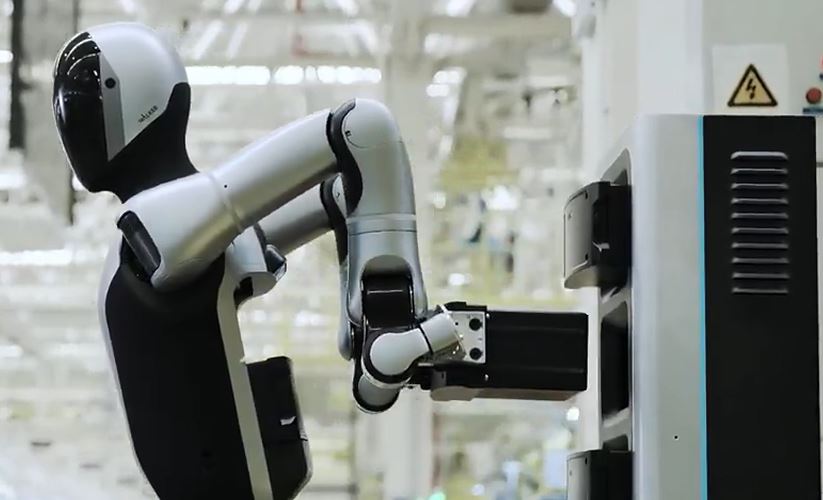


A Chinese robotics company claims to have developed the world’s first humanoid robot capable of autonomously swapping its battery, enabling continuous operation with minimal human input. UBTech, based in Shenzhen, says its Walker S2 robot can complete a battery exchange in under three minutes without shutting down, making it suitable for non-stop industrial use. The firm, which recently became the first humanoid robot manufacturer to be listed on the Hong Kong Stock Exchange, showcased the robot in a video posted to X (formerly Twitter), highlighting its ability to walk to a docking station and replace its power supply unaided.
++ Marine biologist films shark walking on the ocean floor
The Walker S2 uses a power balancing system and features a battery designed for quick insertion and removal, much like a USB stick. The robot is able to monitor its power levels and decide when to initiate a swap, according to reports in Chinese media. UBTech has described this development as a major step forward for the robotics sector, particularly in scenarios requiring constant uptime. The company also stated it is collaborating with electric vehicle manufacturers Nio and BYD to test its humanoids on production lines.
An earlier version, Walker S1, made an appearance at the LEAP 25 tech summit in Saudi Arabia, where it demonstrated capabilities such as sorting and handling packages. Despite these advancements, UBTech has not confirmed when it plans to begin mass production of the Walker S2. The firm is one of over 1,600 robotics companies based in Shenzhen, a city that has become a leading hub for innovation in robotics and automation technologies.
++ High court confirms HP suffered nearly £700m loss in autonomy acquisition
China is now the third-highest user of robots in manufacturing globally, trailing only South Korea and Singapore. According to a 2024 report by the International Federation of Robotics, China employs 470 industrial robots per 10,000 workers — a figure that exceeds Germany and Japan. With major progress in motion control systems and servo drive performance, China has also emerged as the holder of more than two-thirds of all global robotics patents, establishing a robust foundation for its continued push towards automation.


